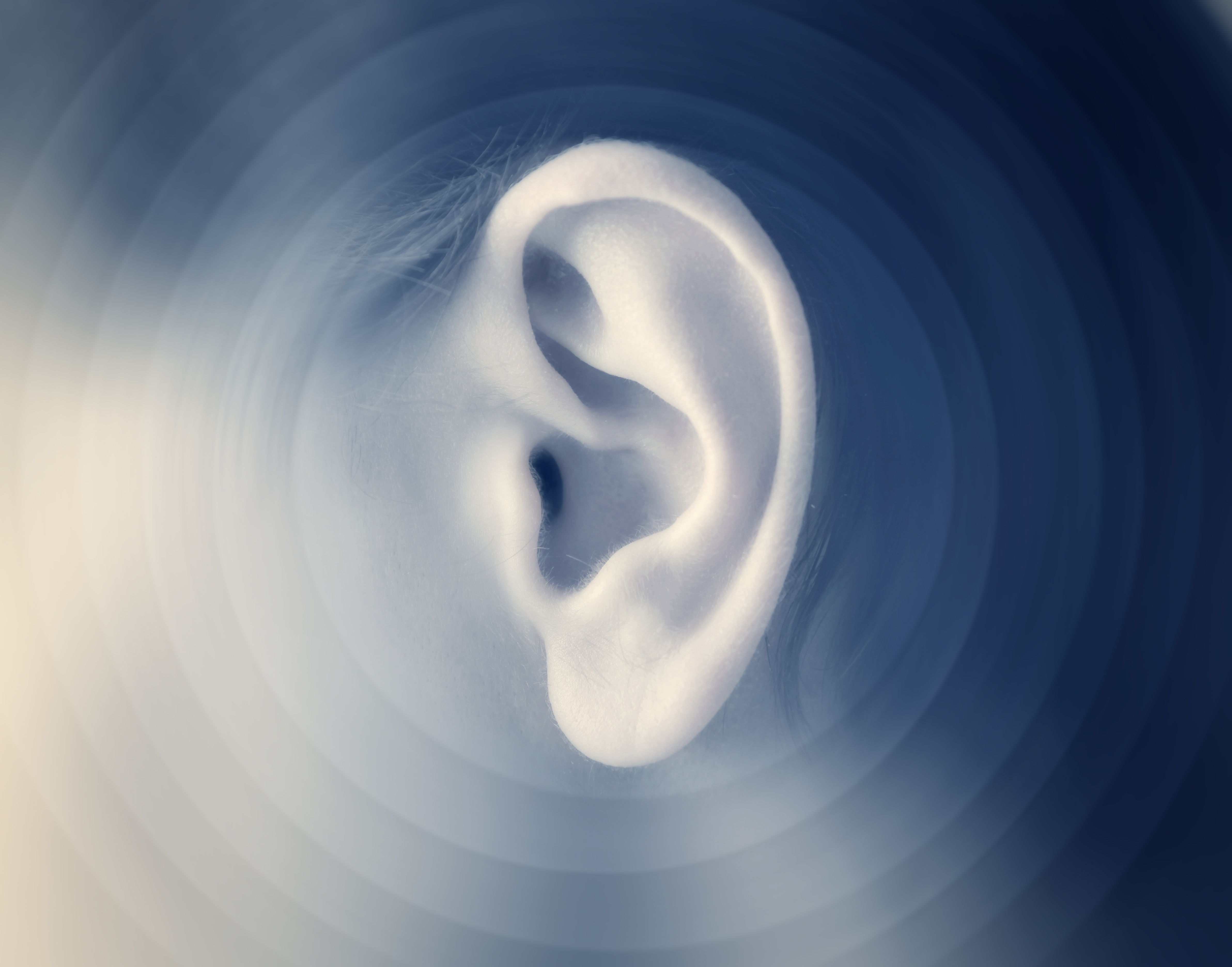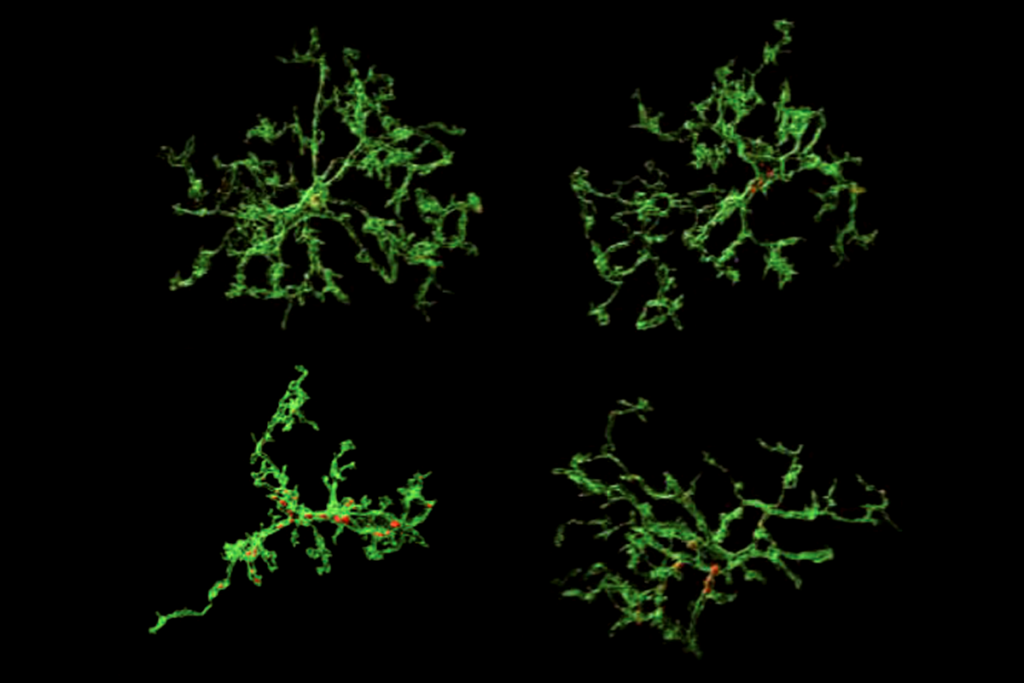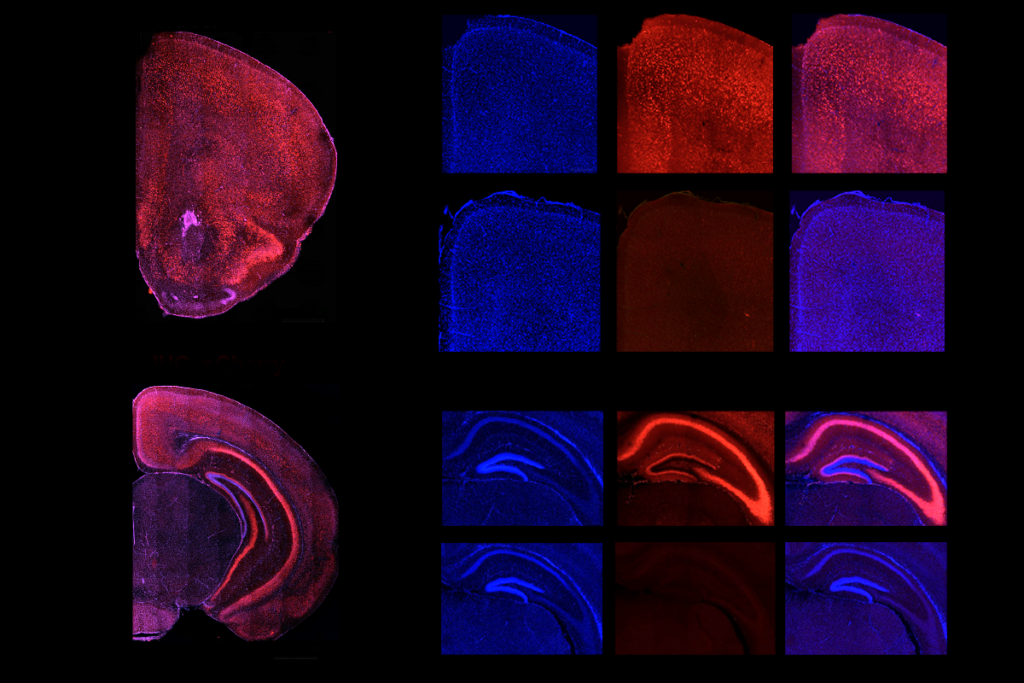
Higher perceptual capacity in autism can be both strength and challenge
People with autism may have a higher perceptual capacity, which means that they are able to process more information at once than their typical peers.
A group of friends is sitting in the garden chatting – only one person hears the ice cream van in the distance. That one person has autism. He is also able to hear the buzzing of electricity in the walls and sometimes finds it overwhelming to be in a noisy environment.
Our most recent work, published in Cognition, suggests why that might be the case: People on the spectrum can take in more sounds at any given moment than neurotypical people can.
Over the past few years, there has been growing awareness that sensory experiences are different in autism. What is also becoming clear, however, is that different doesn’t mean worse. There are many reports of people with autism doing better than those without the condition on visual and auditory tasks. For example, compared with typical people, those with autism spot more continuity errors in videos and are much more likely to have perfect pitch.
We suggest that the reason behind this is that people with autism have a higher perceptual capacity, which means that they are able to process more information at once than their typical peers. Having this extra processing space would be useful in some situations, but problematic in others.
For example, when copying a complicated drawing, you need to take in a lot of information as efficiently as possible. On the other hand, if you don’t need much information to perform a task (when having a conversation with someone, say), then the extra capacity automatically processes other things in the room. This can distract you from what you are trying to do, or make you feel overwhelmed by a lot of different sensory stimuli.
A sound advantage:
To test out this idea, we asked a group of adults with and without autism to carry out two computer-based tasks.
The first was a listening-search task in which having greater perceptual capacity would be useful and help you perform well. Participants were asked to listen to short bursts of animal sounds, played simultaneously, and figure out whether there was a dog’s bark or a lion’s roar in the group. At the same time, they also had to listen for the sound of a car, which was there in half the trials.
The adults with autism were much better than those without the condition at picking out the car sound at the same time as doing the animal task correctly.
The second task involved listening to a recording of a group of people preparing for a party and focusing on the women’s conversation to be able to answer questions about it at the end. In this case, the task was easy, and having extra capacity might leave you at risk of being more easily distracted by information that isn’t needed for the task. To see if that was the case, an unexpected and unusual addition was made to the middle of the scene: A man walked in saying, “I’m a gorilla,” over and over again. As predicted, many more of the participants with autism (47 percent) noticed the ‘gorilla man,’ compared with 12 percent of controls.
So it seems that increased capacity for processing sounds in autism could be linked to both difficulties and enhanced auditory abilities that are found in the condition.
Changing perceptions:
Understanding that differences in attention might be due to this extra capacity, rather than an inability to filter out irrelevant information, can change the way we understand the condition and how we might intervene to help those who are struggling.
Our findings suggest that to reduce unwanted distraction, people on the spectrum need to fill their extra capacity with information that won’t interfere with the task at hand. For example, it might be helpful to listen to music while reading. This challenges the common approach taken to simplify the classroom environment for children with autism, although care should still be taken to avoid a sensory overload.
Although we must not downplay the challenges associated with autism, our study raises awareness of a more positive side to the condition. By promoting evidence of strengths in autism, we embrace diversity and undermine the traditional view that autism is only associated with deficits.
Anna Remington is senior lecturer in cognitive science at University College London.
This article was originally published on The Conversation. It has been slightly modified to reflect Spectrum’s style.
Recommended reading

Constellation of studies charts brain development, offers ‘dramatic revision’

Functional connectivity links with autism, not ADHD; and more

Ramping up cortical activity in early life sparks autism-like behaviors in mice
Explore more from The Transmitter

‘How to Change a Memory: One Neuroscientist’s Quest to Alter the Past,’ an excerpt
